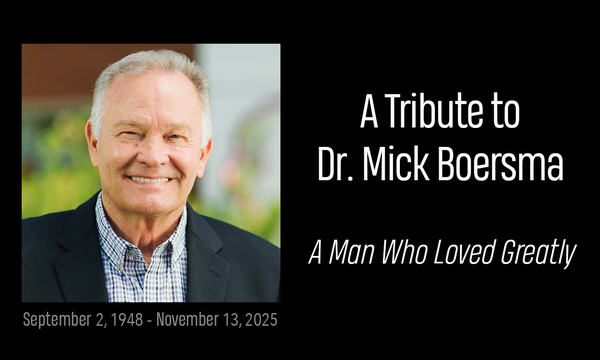One of the most overlooked dynamics shaping the lives of modern people is their daily commute to work.
It’s a quiet ritual repeated by millions each morning and evening, forming a rhythm that shapes the soul of cities and suburbs alike.
As someone who has long studied the patterns of growth and change in human systems — especially within the context of church life and community dynamics — I’ve come to believe that the distance people drive to work speaks volumes about more than just geography. It tells us about values, choices and the silent pressures of modern living.
National averages tell a story.
In the United States, the typical one-way commute is about 27.6 minutes, which translates to roughly 15 to 20 miles, depending on traffic and road conditions. That’s about an hour each day, five hours a week, and more than 250 hours a year spent just getting to and from work. That’s over six full work weeks per year spent not at work or at home, but in the in-between.
But averages only reveal part of the truth. In many suburban and rural areas, people travel 30 to 60 miles one way, often chasing better employment opportunities while choosing to live where housing is more affordable or where community ties remain strong.
This becomes especially pronounced in the lives of church members. A pastor may observe faithful members who live over 30 miles away, attending regularly not because it’s convenient, but because they’re committed to the fellowship and the mission of the congregation.
However, the actual number of church attendees who live over 30 miles from their local church is only 1.5%. My study published in Growing God’s Church found that 91% of church attendees live less than 20 miles from their church. And 100% of recent converts to Christ live less than 20 miles away.
One study by Lifeway discovered no significant differences in drive times for those in rural areas, the suburbs or large cities.
Nonetheless, people’s commuting time raises a crucial point for churches and community leaders: we must understand the commuter context of the people we serve.
Pastors and other church leaders must ask:
• How far are our people driving?
• What does that mean for how we minister to them?
• Are we expecting more from them than they can realistically give?
• How might we adapt church ministry to this reality?
A few insights:
1. Long commutes change the way people engage with church.
A worker who leaves home at 6:30 a.m. and returns at 6:30 p.m. doesn’t have the same bandwidth for evening events, small groups or spontaneous hospitality. Ministry must adjust, becoming more flexible, more digital and more intentional in its design.
2. People tend to drive to church in the same direction they drive to work.
Churches have a higher growth potential when they are in the same direction as people commute. If a church is in the opposite direction, it takes extra effort to attract and keep them.
3. Church attendees desire less of a commute on the weekend.
Most churchgoers (68%) travel less than 15 minutes to church. A Baylor Religion Survey found that those who drive less than 15 minutes to church have higher attendance than those who live 16-30 minutes away.
4. The closer people live to their church, the more likely they are to invite others to attend with them.
Travel distance is a mental barrier for church attendees to overcome when thinking about inviting others to church. Those who live over 15 minutes away think their friends might not want to visit, thinking, “It’s so far. They won’t want to travel that far.”
5. Parents prefer to bring their children to church activities within a 15-minute drive.
Couples who found a long commute to church doable prior to having children, find it challenging as they start a family. Families facing multiple trips to church for children’s and youth activities may change churches due to the burden of travel.
6. Travel distance to a church campus affects people’s choice of a church.
Exactly half (50%) of church attendees report that the location of the church had some influence on their choice to attend. Distance is a big factor.
7. Commuting is not just a logistical challenge — it’s also a spiritual opportunity.
Those hours in the car are sacred. I’ve spoken with many people who use their drive for prayer, worship, audiobooks, or quiet reflection. In that steel-framed solitude, God meets them — sometimes more deeply than He does in the sanctuary.
Long commutes affect marriages, parenting, health and the very energy people bring to the body of Christ.
Ultimately, understanding how far people drive to work isn’t just a statistic. It’s a pastoral insight. When we know the roads our people travel, we can better walk with them in faith — offering grace, support and realistic expectations for life and ministry.
In the end, even the daily drive can become a path of discipleship — if we, as leaders, are wise enough to see it.
 Biola University
Biola University_(1).jpg)



.jpg)
.jpg)